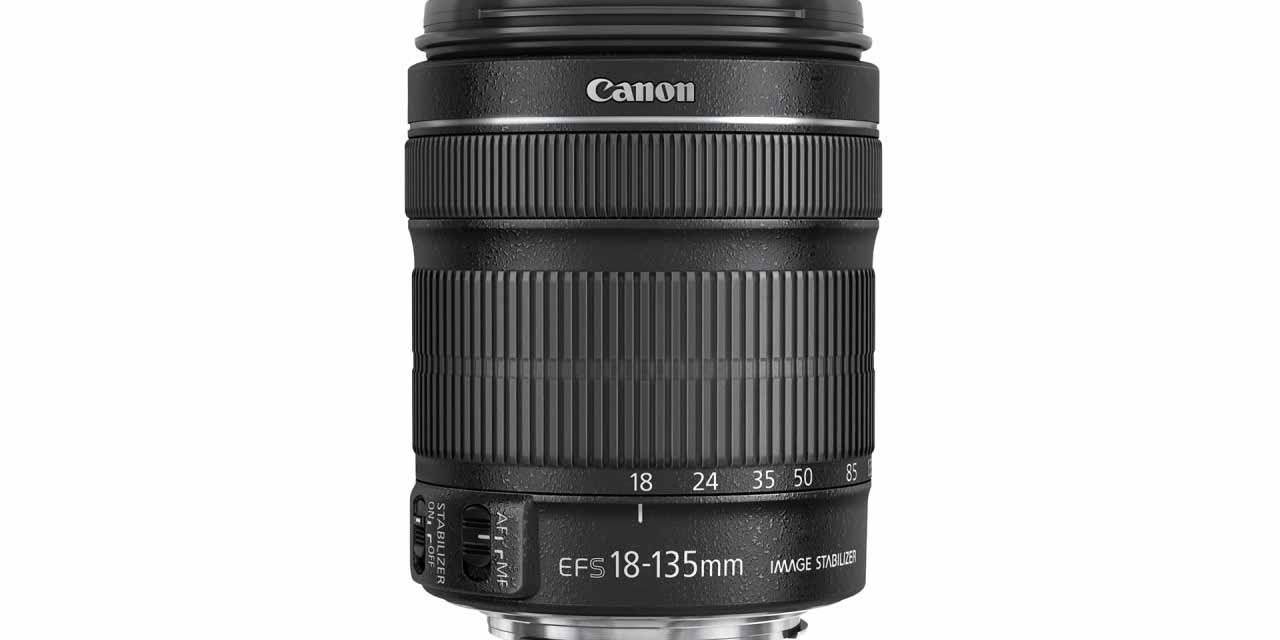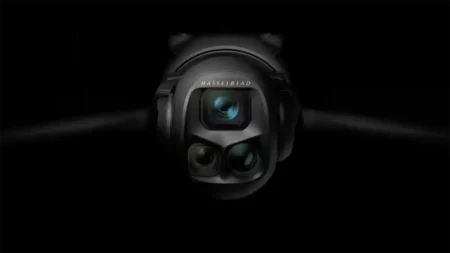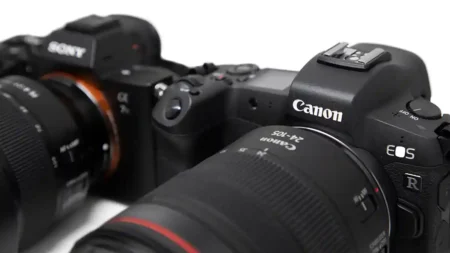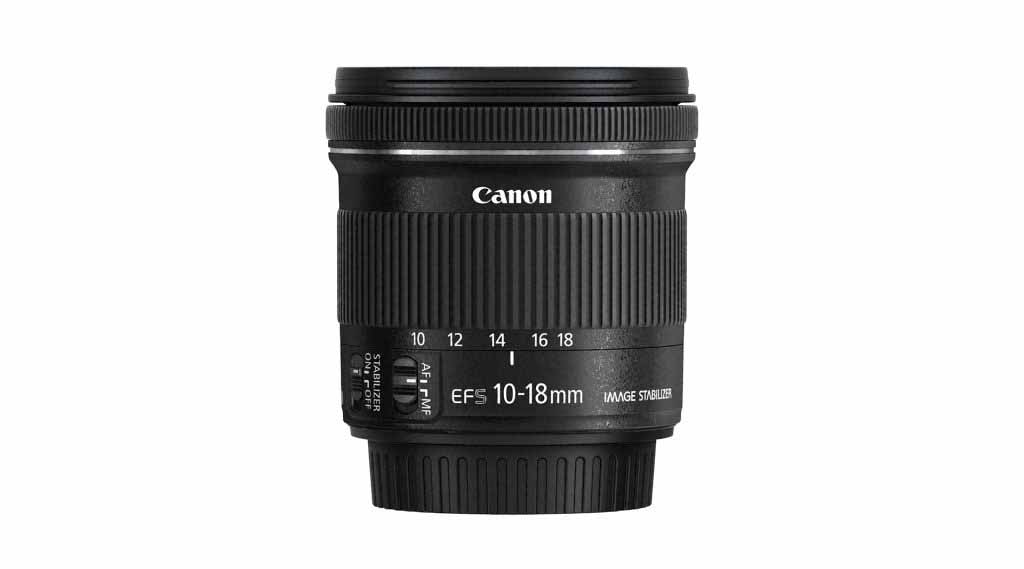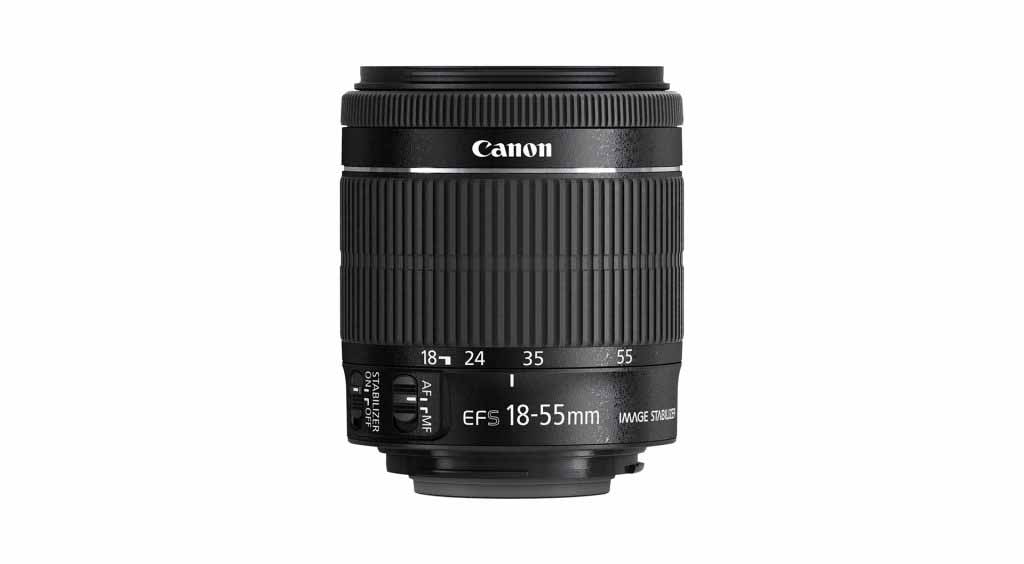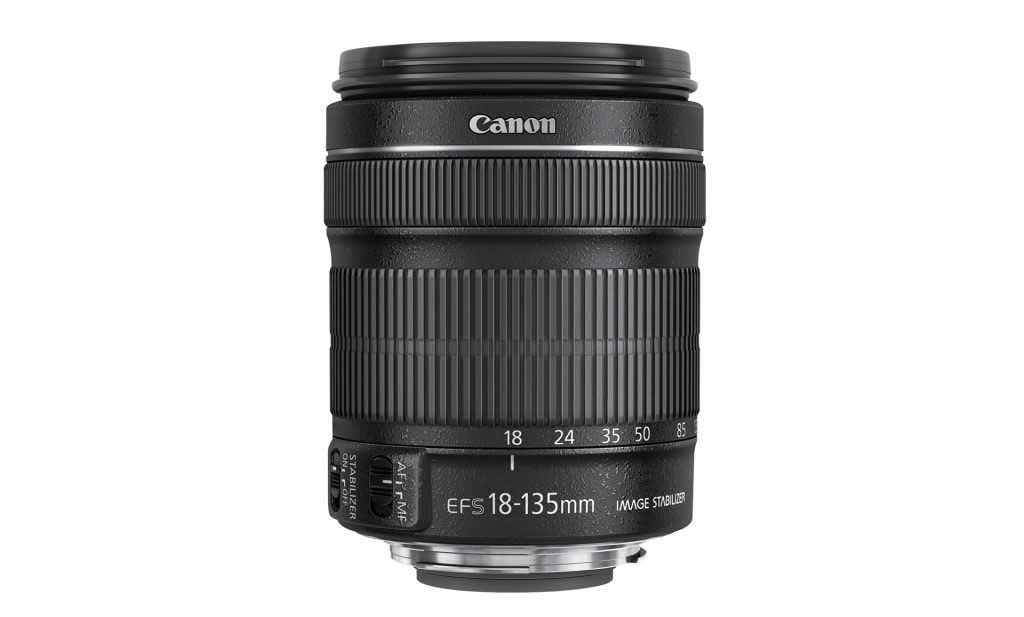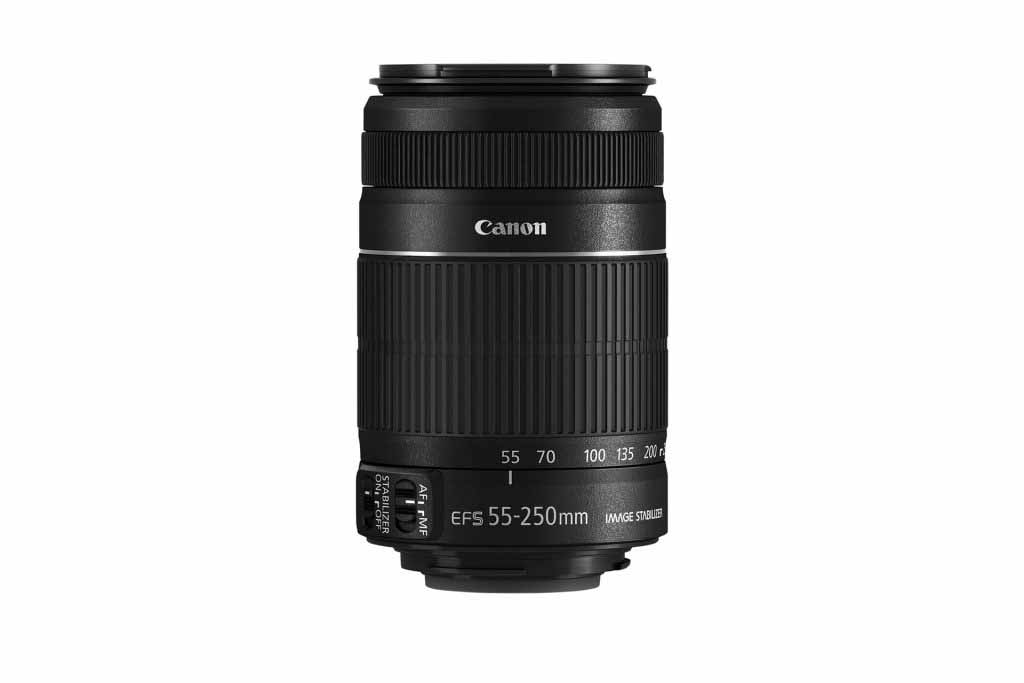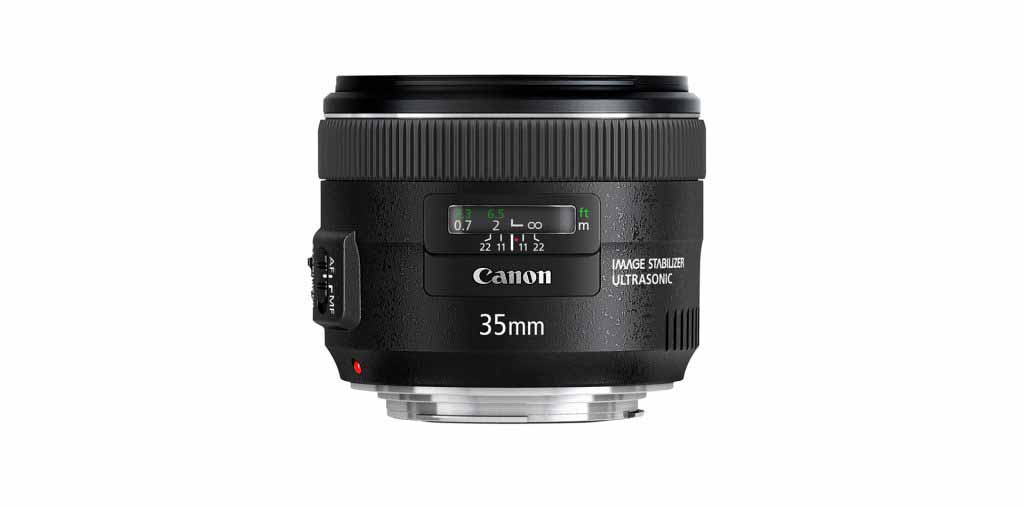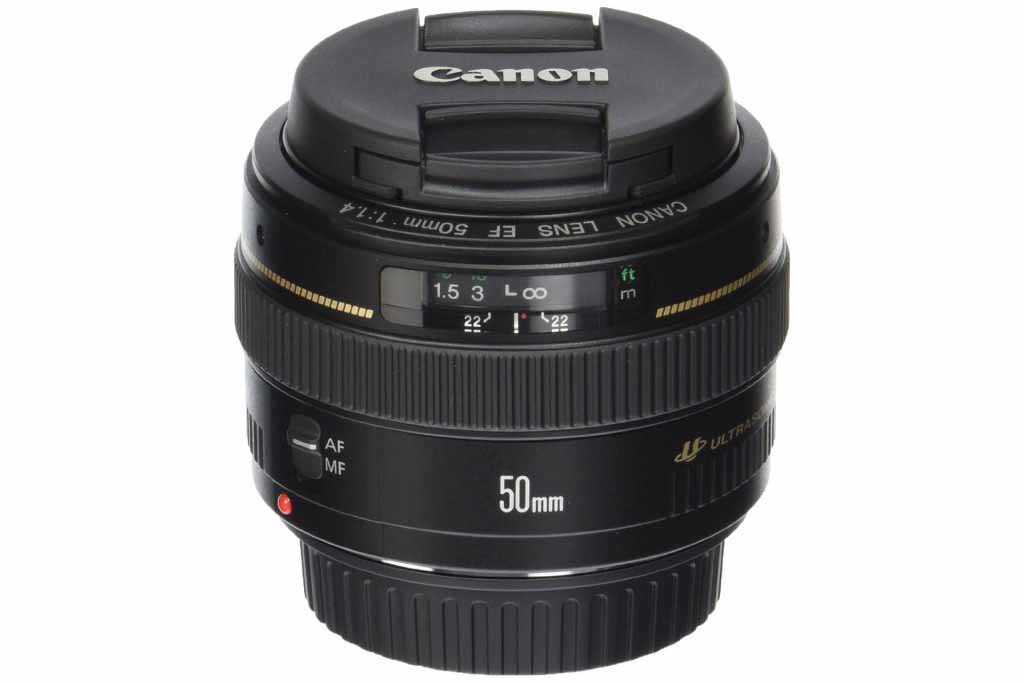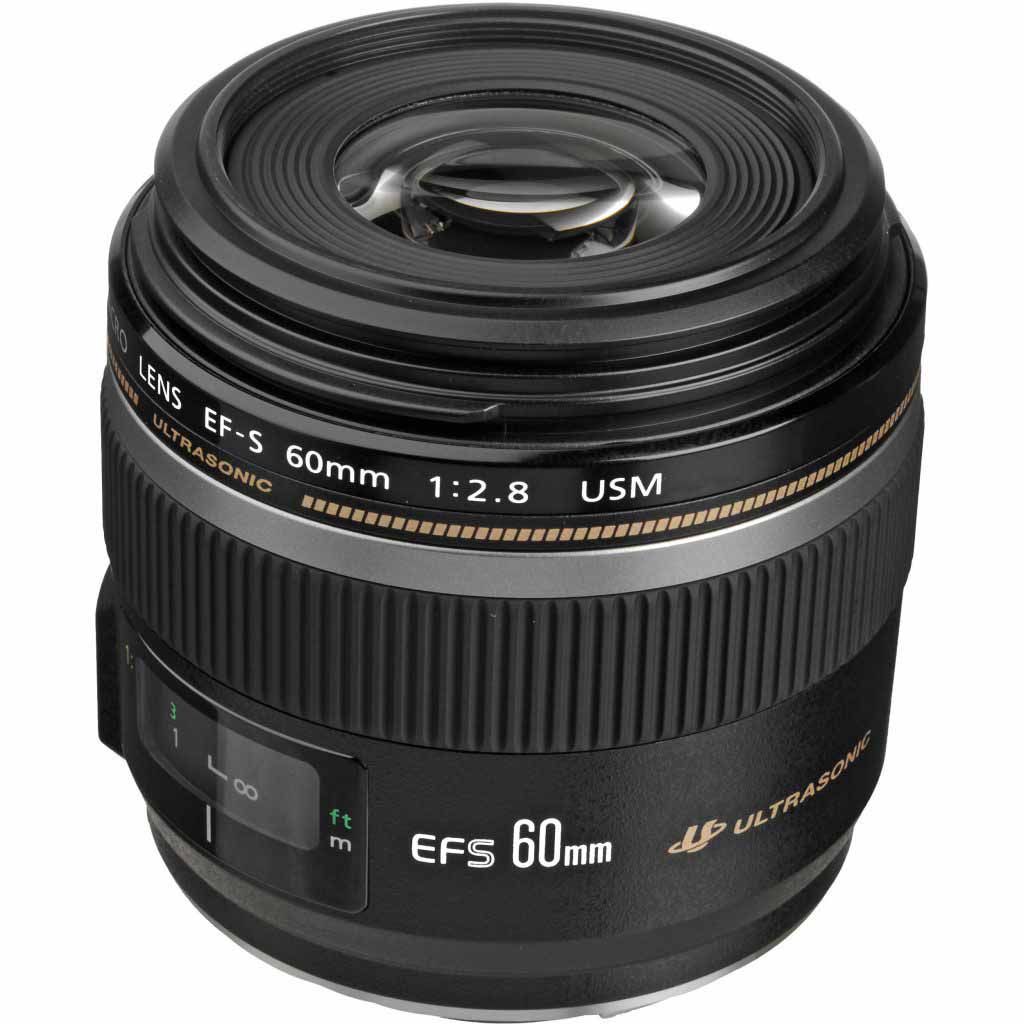What are the best Canon EF-S lenses to start your collection? In this guide we’ll show you how to build a collection of high-performance yet affordable Canon lenses for your APS-C format SLR. With these best buys, you’ll be prepared for pretty much any shooting scenario
Canon’s current line-up of APS-C format SLR bodies range from beginner-friendly models like the 1300D and 750D, to mid-range and enthusiast-level cameras like the 80D and 7D Mk II.
Whichever one you go for, you’ll need a collection of lenses to make the most of wide-ranging photo opportunities, so that you can unleash the full power and versatility of your camera system.
One thing to bear in mind is that Canon’s APS-C cameras have a 1.6x crop factor, or focal length multiplier, so you need to apply this to work out the ‘effective’ focal length of any lens, compared with shooting on a full-frame camera.
Things can get very expensive, very quickly, if you buy top-flight, professional-grade lenses. The good news is that there are plenty of more affordable options, with good build quality and handling, along with impressive all-round performance.
So, if you’re into anything and everything from portraiture and landscapes, to sports, wildlife and beyond, let’s find the ideal lenses to build your collection.
Best Canon EF-S lenses: 01 Canon 10-18mm f/4.5-5.6 IS STM, £180
Type
Wide-angle zoom
Fit one of these to your camera and enjoy an unblinkered outlook
Effective focal length: 16-28.8mm
Aperture range: f/4.5-5.6 to f/22-29
Autofocus motor: Stepping motor
Minimum focus distance: 0.22m
Maximum magnification factor: 0.15x
Image stabilizer: Yes
Weather seals: No
Filter thread: 67mm
Dimensions: 75x72mm | Weight: 240g
One of the things you lack with a standard zoom lens is a seriously wide viewing angle. Mount this 10-18mm lens on your camera and it’s astonishing how much more you can squeeze into the picture.
It’s perfect for everything from cramped interiors to rolling landscapes, and it’ll enable you to really exaggerate perspective when including near and far objects in the frame.
A relative newcomer to Canon’s range, this lens is smaller, lighter and cheaper than the more established EF-S 10-22mm lens but, based on our tests, it delivers sharper image quality. It also adds the bonus of four-stop image stabilization, a feature that’s completely lacking on Canon’s older lens.
The STM (Stepping Motor) autofocus system isn’t particularly fast, but is practically silent in operation and gives smooth focus transitions when shooting video. The lens is unbeatable value for money at the price, and quite literally enables you to see the bigger picture.
Best for
Architectural interiors, landscapes, exaggerated wide-angle perspective effects.
Also consider
Sigma 8-16mm f/4.5-5.6 DC HSM, £500
Pro
The phenomenal maximum viewing angle is wider than from any other APS-C format lens, unless you buy a fisheye optic.
Con
The built-in hood precludes the use of filters, although it’s possible to fit 72mm filters via the two-part lens cap when shooting at the longest zoom setting.
Sigma 10-20mm f/3.5 EX DC HSM, £330
Pro
Superior build and image quality. ‘Faster’ f/3.5 aperture that remains available throughout the zoom range.
Con
Maximum viewing angle isn’t any greater than from the Canon lens, and it’s nearly twice the price.
Best Canon EF-S lenses: 02 Canon 18-55mm f/3.5-5.6 IS STM, £170
Type
Standard zoom
Very versatile, this will be your go-to lens for general shooting
Effective focal length: 28.8-88mm
Aperture range: f/3.5-5.6 to f/22-38
Autofocus motor: Stepping motor
Minimum focus distance: 0.25m
Maximum magnification factor: 0.36x
Image stabilizer: Yes
Weather seals: No
Filter thread: 58mm
Dimensions: 69x75mm | Weight: 205g
Delightfully light in weight and seriously compact, this lens is a particularly well-balanced match for bodies like the 1300D and 750D. It’s well worth buying these cameras in ‘kit’ form, with this lens included, even if you already own the older non-STM edition.
The new lens sports a virtually silent stepping motor-based autofocus system and has a better-rounded aperture based on seven rather than six aperture blade.
Handling is much improved, as the focus ring doesn’t rotate during autofocus and neither does the filter attachment thread, which makes circular polarizers and graduated neutral density filters far easier to use.
Sharpness is impressive throughout the entire zoom range, even when using the widest available apertures. The zoom range itself stretches from moderately wide-angle to short telephoto, making the lens very versatile for many shooting needs. Under dull lighting, the four-stop image stabilizer enables consistently sharp handheld shots at slow shutter speeds.
Best for
General shooting when you don’t need ultra-wide viewing angles, or extended telephoto reach.
Also consider
Canon EF-S 15-85mm f/3.5-5.6 IS USM, £510
Pro
Better build quality, faster ring-type ultrasonic autofocus system, bigger zoom range with greater wide-angle and telephoto extremities.
Con
Bigger and heavier than the 18-55mm lens, much more expensive and not available as a ‘kit’ option with a new body.
Sigma 17-70mm F2.8-4 DC Macro OS HSM | C, £320
Pro
From Sigma’s ‘Contemporary’ line of lenses, it’s fairly small and light but boasts good image quality and fairly wide apertures of f/2.8-4 through the zoom range.
Con
Zoom range is only slightly bigger than Canon’s 18-55mm, there’s little difference in image quality, and handling is impaired by the focus ring rotating during autofocus.
Best Canon EF-S lenses: 03 Canon 18-135mm f/3.5-5.6 IS STM, £295
Type
Superzoom
A single lens to cover most eventualities, with all mod cons
Effective focal length: 28.8-216mm
Aperture range: f/3.5-5.6 to f/22-38
Autofocus motor: Stepping motor
Minimum focus distance: 0.39m
Maximum magnification factor: 0.28x
Image stabilizer: Yes
Weather seals: No
Filter thread: 67mm
Dimensions: 77x96mm | Weight: 480g
So-called ‘superzoom’ lenses are popular for day trips, holidays and any other times you want to travel light with just one lens. It can also be a bonus not having to swap lenses when you need to react quickly to different shooting opportunities, or if there’s a lot of dust or grit blowing around in the air.
Compared with most superzooms, including Canon’s own 18-200mm lens, this one has a relatively modest zoom range, equivalent to 28.8-216mm on a full-frame camera.
Even so, that’s a fair stretch of focal lengths and the lens does well to keep colour fringing and distortions at fairly low levels, while maintaining very good sharpness throughout the zoom range.
Like several other recent Canon lenses, the combination of a stepping motor autofocus system and four-stop image stabilization is great for shooting both stills and video.
Autofocus transitions in video mode are smooth rather than jerky, while stabilization is a big asset for handheld shooting.
Best for
Travel photography and also for shooting events, where you might often need to quickly swap between short and long focal lengths.
Also consider
Sigma 18-300mm f/3.5-6.3 DC MACRO OS HSM | C, £340
Pro
Much longer telephoto reach than the Canon 18-135mm, equating to an ‘effective’ 480mm. Good image quality and it’s reasonably priced.
Con
Focus ring rotates during autofocus, sharpness drops off a little at the long end of the zoom range.
Tamron 16-300mm F/3.5-6.3 Di II VC PZD, £400
Pro
The only Canon-fit superzoom lens to give a wider-angle 16mm rather than 18mm minimum focal length, and it also has the biggest outright zoom range.
Con
Not quite as sharp as the Canon and Sigma lenses, and it’s the most expensive to buy.
Best Canon EF-S lenses: 04 Canon 55-250mm f/4-5.6 IS STM, £200
Type
Telephoto zoom
An ideal supplement to a standard zoom, giving good telephoto reach in a lightweight build
Effective focal length: 88-400mm
Aperture range: f/4-5.6 to f/22-32
Autofocus motor: Stepping motor
Minimum focus distance: 0.85m
Maximum magnification factor: 0.29x
Image stabilizer: Yes
Weather seals: No
Filter thread: 58mm
Dimensions: 70x111mm | Weight: 375g
Telephoto reach doesn’t always come in a big, heavy package. As an EF-S lens, this one is designed specifically for APS-C format rather than full-frame cameras.
As such, it only needs to produce a relatively small image circle to cover the downsized image sensor, and the construction can be smaller and lighter as a result. It therefore feels particularly well balanced on Canon’s lightweight, entry-level bodies.
The stepping motor autofocus system is fast and effective. This combined with an ‘effective’ zoom range of 88-400mm makes the lens ideal for shooting action sports and wildlife on the hoof.
The four-stop image stabilizer is similarly well suited to these types of photography, with automatic panning detection that applies correction in just the vertical or horizontal plane, as necessary.
Sharpness is excellent throughout the entire zoom range, especially in the central region of the frame, while overall image quality and handling are very good indeed.
Best for
Action sports, wildlife and other scenarios that require long telephoto reach, where image stabilization is also big benefit.
Also consider
Canon EF 70-300mm f/4-5.6 IS USM, £360
Pro
Longer telephoto reach than the 55-250mm lens, and it’s full-frame compatible should you upgrade your camera body in the future.
Con
Autofocus is slower than in the 55-250mm lens, stabilization is less effective and image quality isn’t quite as sharp.
Tamron SP 70-300mm f/4-5.6 Di VC USD, £240
Pro
Fast ring-type ultrasonic autofocus system, good build and image quality, full-frame compatible, weather-resistant construction.
Con
Tamron’s proprietary optical stabilization system isn’t particularly effective when panning.
Best Canon EF-S lenses: 05 Canon EF 35mm f/2 IS USM, £380
Type
Standard prime
For optimum image quality, a standard prime lens can help your camera to deliver its full potential
Effective focal length: 56mm
Aperture range: f/2 to f/22
Autofocus motor: Ring-type ultrasonic
Minimum focus distance: 0.24m
Maximum magnification factor: 0.24x
Image stabilizer: Yes
Weather seals: No
Filter thread: 67mm
Dimensions: 78x63mm | Weight: 335g
This isn’t really a standard prime lens. It’s actually designed as a wide-angle optic for full-frame cameras but, with its compact and lightweight build, and an ‘effective’ focal length of 56mm, it works superbly well as a prime lens on APS-C bodies, where it gives the natural perspective of a standard lens.
The widest available aperture of f/2 doesn’t enable especially fast shutter speeds in dull lighting conditions, but the four-stop image stabilizer comes to the rescue.
This is at least true when shooting static objects, although no amount of stabilization can correct for motion blur caused by moving objects.
Even so, the good high-ISO performance of current and recent Canon SLRs means that the f/2 aperture should still be wide enough for low-light shooting and, even without stopping the lens down at all, sharpness and contrast are simply spectacular. Colour fringing is very minimal and, when used on an APS-C format body, the tiny amount of barrel distortion is negligible.
Best for
Maximizing sharpness, contrast and clarity in general shooting, also great for environmental portraits.
Also consider
Canon EF-S 24mm f/2.8 STM, £130
Pro
The combination of a tiny physical length of just 23mm, and a shorter ‘effective’ focal length of 38.4mm, this ‘pancake’ lens is ideal for street photography.
Con
The shorter focal length and narrower maximum aperture of f/2.8 make it harder to get a tight depth of field, and it lacks image stabilization.
Sigma 30mm f/1.4 DC HSM | A, £300
Pro
Designed exclusively for APS-C format cameras, this Sigma has superb build and image qualities, plus a fast f/1.4 maximum aperture.
Con
No image stabilization and it’s 100g heavier than the Canon 35mm lens, at 435g.
Best Canon EF-S lenses: 06 Canon EF 50mm f/1.4 USM, £235
Type
Portrait prime
An ideal and very reasonably priced portrait lens for APS-C format bodies
Effective focal length: 80mm
Aperture range: f/1.4 to f/22
Autofocus motor: Ultrasonic motor
Minimum focus distance: 0.45m
Maximum magnification factor: 0.15x
Image stabilizer: No
Weather seals: No
Filter thread: 58mm
Dimensions: 74x51mm | Weight: 290g
The 1.6x crop factor of Canon SLRs extends the effective telephoto reach of any lens. In this case, it’s like using an 80mm lens on a full-frame body, which is perfect for portraiture. It means you can maintain a comfortable and natural shooting distance without encroaching on your subject’s personal space.
Another bonus is that the fast f/1.4 aperture enables a tight depth of field for blurring the background and making your subject really stand out in the resulting image.
Despite having an ultrasonic autofocus system that’s motor-based rather than ring-type, autofocus is still reasonably rapid and quiet.
Unusually for this type of system, the focus ring remains stationery during autofocus, which makes for better handling, and full-time manual override is also available.
Image quality is a little soft at f/1.4, which can actually be an advantage in portraiture, rather than emphasising every flaw and wrinkle. The lens sharpens up nicely at apertures of f/2.8 and narrower.
Best for
Portraiture, still life and other short telephoto shots where you want a tight depth of field.
Also consider
Sigma 50mm f/1.4 DG HSM | A, £580
Pro
Stunning image quality and pro-grade build quality. Like the Canon lens, it’s also full-frame compatible.
Con
Expensive to buy and it’s uncommonly big and heavy for a 50mm f/1.4 lens, at 85x100mm and 815g.
Tamron SP 45mm f/1.8 Di VC USD, £500
Pro
Unlike the Canon and Sigma 50mm lenses, this one adds optical image stabilization and weather-seals.
Con
Slightly shorter effective focal length of 72mm, and the widest aperture of f/1.8 is a little narrower.
Best Canon EF-S lenses: 07 Canon 60mm f/2.8 Macro USM, £305
Type
Macro
Specially designed for APS-C bodies, this macro lens can reveal extraordinary levels of detail
Effective focal length: 96mm
Aperture range: f/2.8 to f/22
Autofocus motor: Ring-type ultrasonic
Minimum focus distance: 0.2m
Maximum magnification factor: 1.0x
Image stabilizer: No
Weather seals: No
Filter thread: 52mm
Dimensions: 73x70mm | Weight: 335g
With its 1.0x or 1:1 maximum magnification factor, this lens can reproduce small objects at full life size on the image sensor, when used at its minimum focus distance of 0.2m.
This enables amazing enlargements of bugs and other tiny things when viewing images on screen or in print, with almost microscopic levels of detail.
Sturdily built, the lens features fast and quiet ring-type ultrasonic autofocus, with the usual full-time manual override. The 60mm focal length is an ‘effective’ 96mm in full-frame terms, which approximates to something of a favourite for macro photography.
It also means that the lens doubles up well for portraiture, where the f/2.8 aperture is just about wide enough to enable a shallow depth of field.
Back in extreme close-up mode, you need a very narrow aperture to get any depth of field at all, and the lens does well to retain good sharpness and contrast throughout its entire aperture range.
Best for
Shooting insects and other tiny creatures, capturing fine detail and texture in extreme close-ups.
Also consider
Sigma 105mm f/2.8 Macro EX DG OS HSM, £330
Pro
An excellent and super-sharp lens, complete with optical stabilization, although this feature is of limited value for extreme close-ups.
Con
The flip side of being a full-frame compatible lens with a longer focal length is that it’s bigger and heavier than the Canon 60mm.
Tamron SP 90mm f/2.8 Di Macro VC USD, £580
Pro
The latest edition of this lens features a new ‘hybrid’ image stabilizer that corrects for axial shift as well as vibration, more useful for close-up shooting.
Con
Relatively expensive to buy, it costs nearly as much as Canon’s top-flight 100mm L-series macro lens, which also has a hybrid stabilizer.
